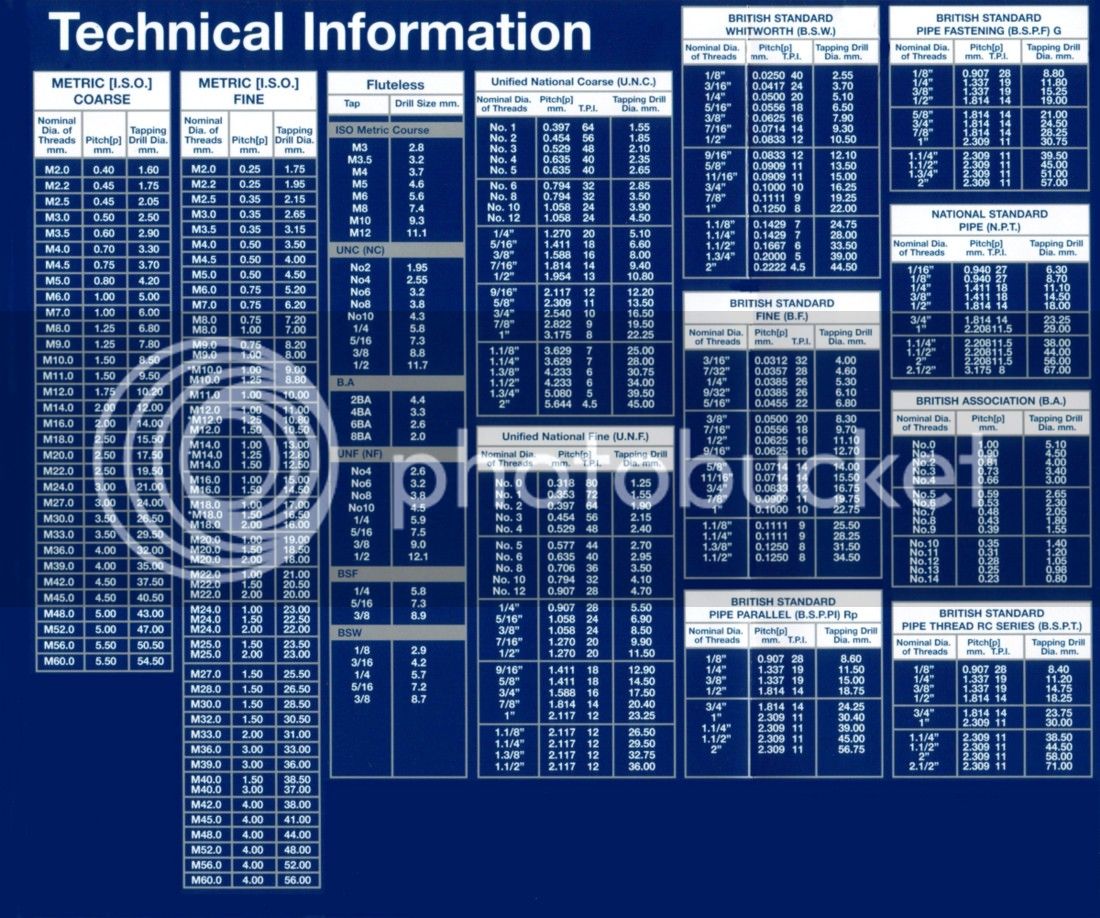wm460
Member
What are the most common Nut & Bolt sizes in both metric and imperial?
I have been trying to sort out my lifetime collection of Nut & Bolts, about 6 x 4 Lts container full, I keep finding these strange sizes, for me any way, like 9.5 mm, 6.75 mm, etc that will not match up with any of my thread gauges.
I have been trying to sort out my lifetime collection of Nut & Bolts, about 6 x 4 Lts container full, I keep finding these strange sizes, for me any way, like 9.5 mm, 6.75 mm, etc that will not match up with any of my thread gauges.





